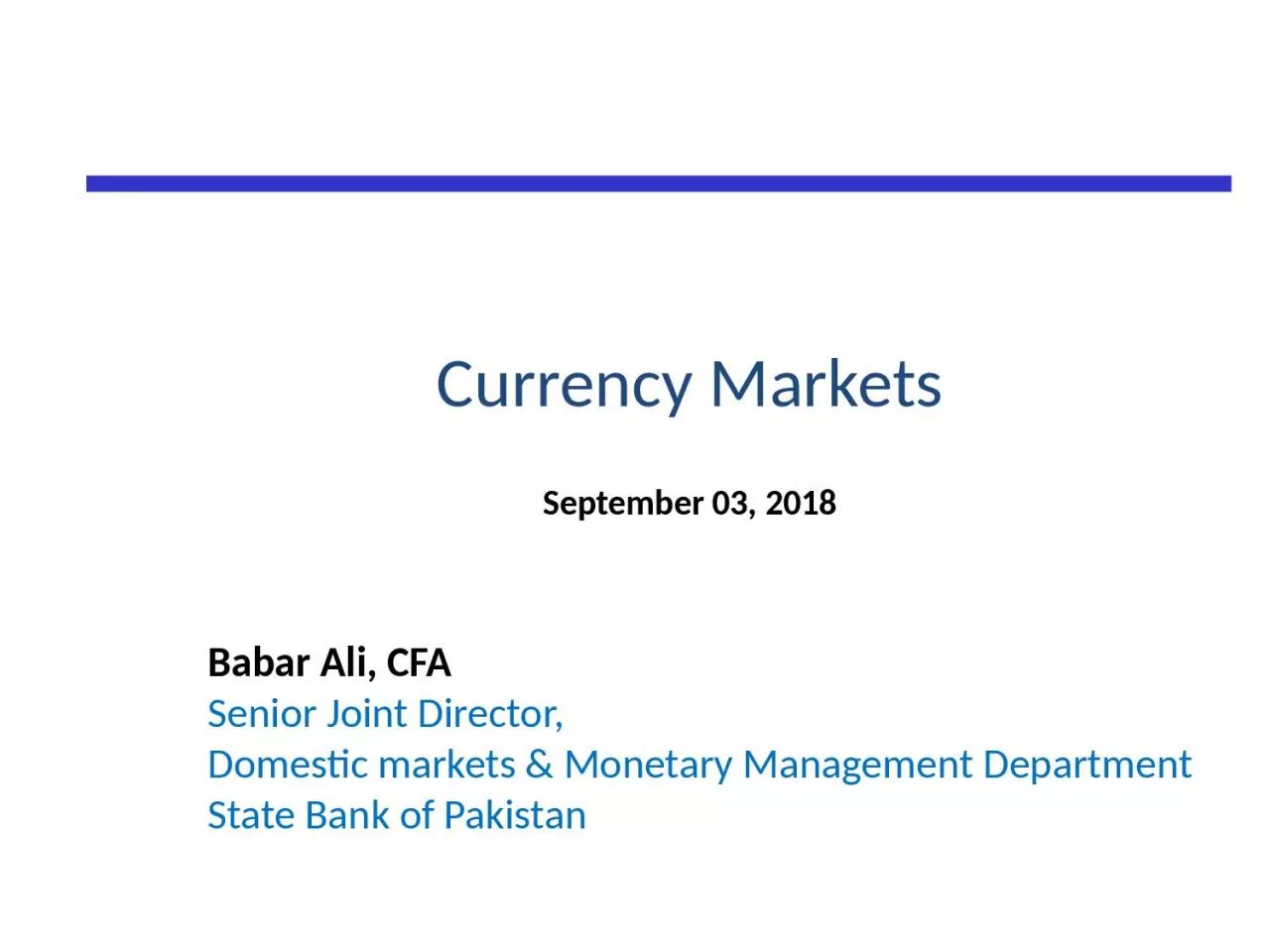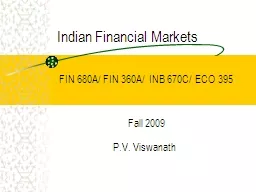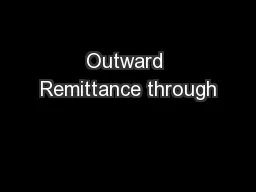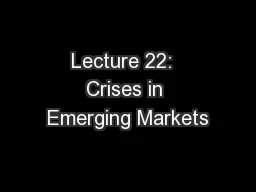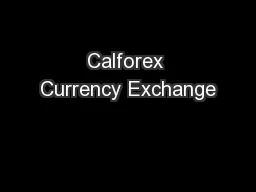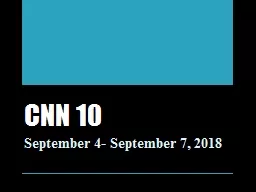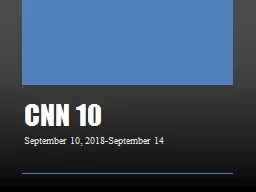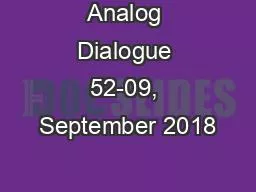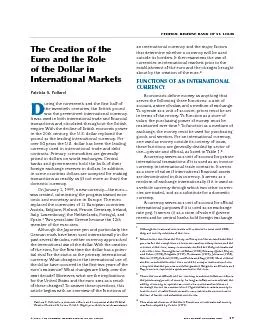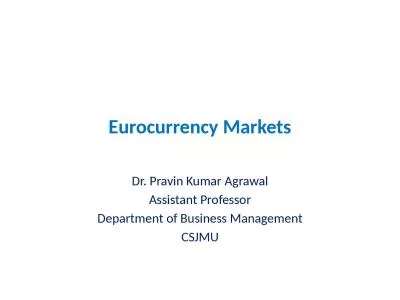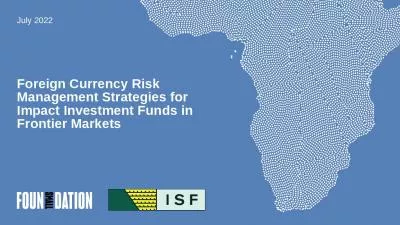PPT-Currency Markets September 03, 2018
Author : bella | Published Date : 2023-11-04
Babar Ali CFA Senior Joint Director Domestic markets amp Monetary Management Department State Bank of Pakistan Why Foreign Exchange Unlike barter system currencies
Presentation Embed Code
Download Presentation
Download Presentation The PPT/PDF document "Currency Markets September 03, 2018" is the property of its rightful owner. Permission is granted to download and print the materials on this website for personal, non-commercial use only, and to display it on your personal computer provided you do not modify the materials and that you retain all copyright notices contained in the materials. By downloading content from our website, you accept the terms of this agreement.
Currency Markets September 03, 2018: Transcript
Download Rules Of Document
"Currency Markets September 03, 2018"The content belongs to its owner. You may download and print it for personal use, without modification, and keep all copyright notices. By downloading, you agree to these terms.
Related Documents

